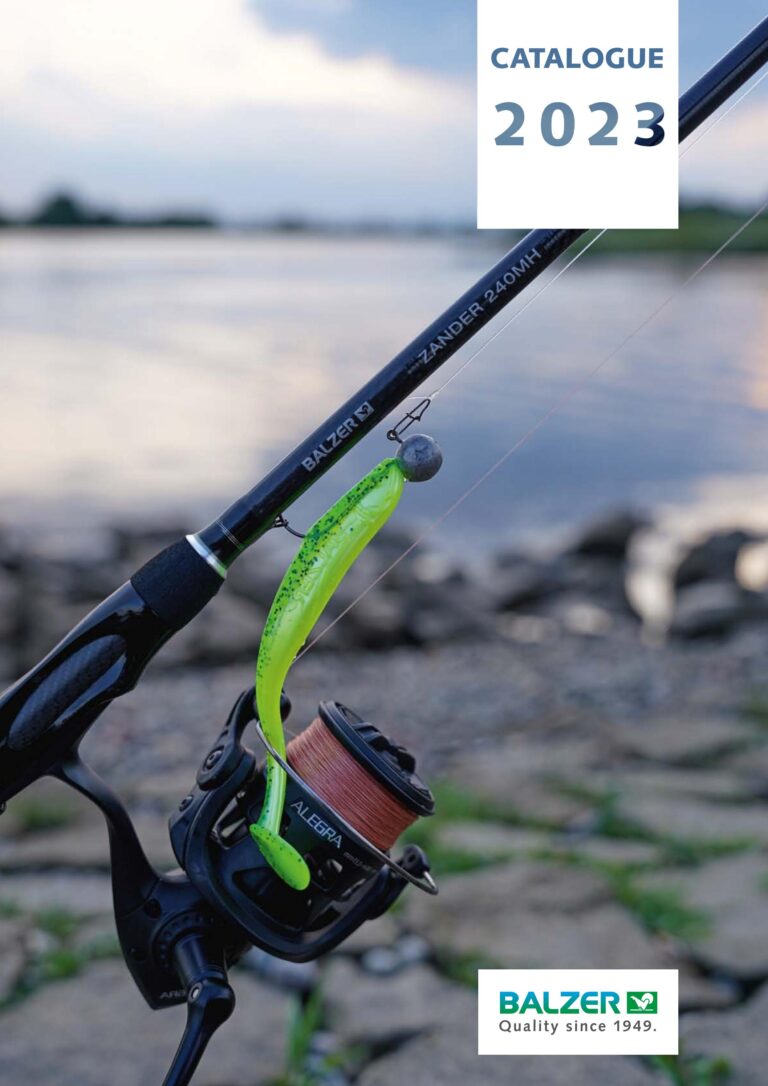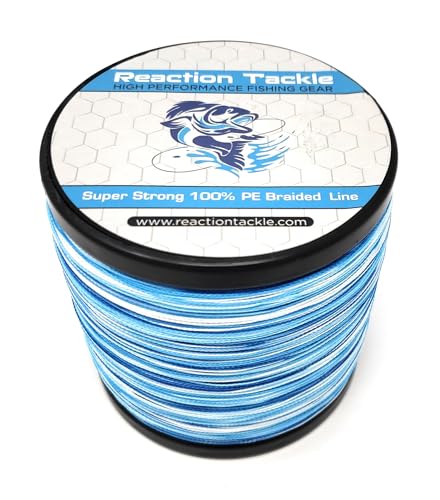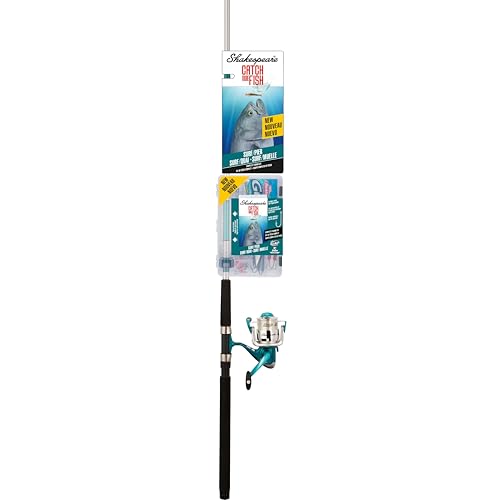Trout fishing can be good in the rain for several reasons, such as increased food availability and decreased visibility for the fish. Rain can cause insects to fall into the water, attracting hungry trout.
Additionally, the rain can make the water turbid, making it easier for trout to approach bait or lures without being seen by predators. These factors can make trout more active and aggressive during rainy conditions, leading to better fishing opportunities.
Therefore, if you enjoy trout fishing, don’t let a little rain deter you, as it can actually enhance your chances of success.

Credit: www.nationalgeographic.org
The Benefits Of Rain For Trout Fishing
Rainfall and trout behavior:
- When it rains, trout tend to become more active and responsive to bait.
- Rainfall stimulates the instinctual feeding behavior of trout, making them more likely to search for food.
- The sound and vibrations produced by rain can also attract trout to the surface, where they are easier to catch.
The impact of rain on water temperature:
- Rainfall can help cool down the water temperature in lakes, rivers, and streams, which is beneficial for trout.
- Cooler water temperatures provide trout with a more comfortable environment, making them more active and willing to bite.
- The runoff from rain can introduce cooler water into the fishing area, creating ideal conditions for trout to thrive.
How rain increases oxygen levels in the water:
- Rainfall helps increase the oxygen levels in the water, which is vital for the survival of trout.
- The impact of rain hitting the water surface causes aeration, which allows for better oxygen transfer from the air to the water.
- Higher oxygen levels promote the presence of more aquatic insects and other food sources for trout, making it easier to attract them.
Fishing for trout in the rain can be highly rewarding due to the numerous benefits it brings. The increased activity of trout, the cooler water temperature, and the improved oxygen levels make for ideal conditions to catch these elusive fish.
So next time it rains, don’t let it discourage you from going fishing. Embrace the opportunity and enjoy a fruitful trout fishing experience.
Essential Gear And Techniques For Rainy Day Trout Fishing
Is Trout Fishing Good In The Rain
When it comes to trout fishing in the rain, many anglers wonder if it’s worth the effort. While fishing in inclement weather can present some challenges, rainy days can actually be quite productive for trout fishing. Trout are more active in the rain, and the rain can also create a more favorable environment for insects and other prey that trout feed on.
With the right gear and techniques, you can make the most of a rainy day on the water. In this section, we will discuss some essential gear and techniques for rainy day trout fishing.
Waterproof Clothing And Gear
To stay comfortable and dry while trout fishing in the rain, it is important to have the right waterproof clothing and gear. Here are some key points to keep in mind:
- Invest in a high-quality waterproof rain jacket and pants to keep yourself dry from the elements.
- Wear waterproof boots or waders to ensure your feet and legs stay dry, especially when wading in the water.
- Consider using a waterproof backpack or dry bag to keep your essential gear and accessories dry.
- Don’t forget to bring a waterproof hat or cap and gloves to protect your head and hands from the rain.
The Right Fishing Rod And Reel For Rainy Conditions
Using the appropriate fishing rod and reel is crucial for successful trout fishing in wet weather. Here are some tips to consider:
- Opt for a rod and reel combo that is designed for freshwater fishing in inclement weather.
- Look for a rod made from corrosion-resistant materials to prevent damage from water exposure.
- Choose a reel with a smooth drag system to help you handle big trout in challenging conditions.
- Consider using a slightly heavier line to aid in casting and give you better control over your lure or bait.
Tips For Casting In Wet Weather
Casting in wet weather can be a bit more challenging due to the water’s impact on your line and lure. Here are some helpful techniques to improve your casting in the rain:
- Slow down your casting motion and be mindful of your timing to maintain accuracy.
- Use heavier lures or nymphs that can cut through the water and reach the desired depths.
- Implement shorter casts when necessary to minimize the impact of wind and rain on your line.
- Practice casting with different techniques, such as roll casts or sidearm casts, to adapt to varying weather conditions.
By taking into account these essential gear and techniques, you can enhance your trout fishing experience even on rainy days. Remember to dress appropriately and equip yourself with the right gear to stay dry and comfortable. Adapt your casting techniques to the wet weather, and you’ll increase your chances of hooking a trout.
So, don’t let a little rain dampen your fishing enthusiasm – embrace the opportunity to enjoy some fantastic trout fishing in the rain.
Strategies For Success: Fishing Techniques In The Rain
Is Trout Fishing Good In The Rain?
Trout fishing is a popular activity enjoyed by many anglers around the world. While many people prefer a sunny day with calm waters, rain should not deter you from pursuing your fishing adventure. In fact, rain can create unique conditions that make trout fishing even more exciting and rewarding.
In this section, we will explore some effective strategies for success when fishing for trout in the rain.
Adjusting Your Bait And Lure Selection
When it comes to trout fishing in the rain, it is important to adjust your bait and lure selection to maximize your chances of success. Here are some key points to keep in mind:
- Opt for bright and flashy lures: Rainwater tends to reduce visibility in the water, making it harder for fish to locate their prey. By using colorful and shiny lures, you can increase the chances of attracting trout even in murky conditions.
- Consider scent-enhanced baits: In rainy weather, trout rely more on their sense of smell to locate food. Utilizing scent-enhanced baits, such as scented dough or bait soaked in fish oils, can greatly enhance your chances of enticing a hungry trout.
- Experiment with different bait sizes: The rain can cause fluctuations in water levels, which may affect the trout’s feeding behavior. It is wise to try bait and lure sizes that match the current conditions to effectively target trout.
Choosing The Right Fishing Spot During Rain
Finding the right fishing spot is essential for a successful trout fishing trip in the rain. Here are a few points to consider when selecting your fishing spot:
- Look for run-off areas: Rainwater often washes nutrients and food into the water, attracting trout to areas where streams or rivers meet. These run-off areas create ideal feeding grounds for trout, making them prime fishing spots during rainy weather.
- Focus on structure: Trout seek shelter when it rains, and they often hide near structure such as rocks, fallen trees, or underwater ledges. These structures provide protection from the rain, as well as potential ambush spots for trout to prey on passing baitfish.
- Avoid strong currents: While trout are more active during rain, they tend to avoid areas with strong currents. Look for spots with slower-moving water or eddies where trout can conserve energy and wait for food to flow by.
Key Tips For Reading Water And Identifying Fishing Opportunities In The Rain
Being able to read the water and identify potential fishing opportunities is crucial for successful trout fishing in the rain. Here are a few key tips to help you make the most out of your fishing experience:
- Observe rising water levels: Rainfall can cause water levels to rise, creating new areas for trout to explore. Keep an eye on rising water levels and focus your fishing efforts in these newly formed areas, as trout are likely to be actively feeding there.
- Look for surface activity: Rain often stimulates aquatic insect hatches, resulting in increased surface activity. Keep an eye out for rising fish or feeding frenzies near the water’s surface, as this indicates a feeding opportunity for hungry trout.
- Pay attention to water clarity: Rainwater can affect water clarity, making it either clearer or murkier. Adjust your fishing techniques accordingly, using brighter lures in dirty water and more natural-looking lures in clear water.
- Be adaptable and experiment: Don’t be afraid to try different techniques and adapt to changing conditions. Trout can be unpredictable, and what works one day may not work the next. Keep experimenting with different baits, lures, and techniques until you find what works best for the current fishing conditions.
Remember, rainy days can offer great fishing opportunities for trout enthusiasts. By adjusting your bait and lure selection, choosing the right fishing spot, and reading the water effectively, you can increase your chances of a successful trout fishing experience even in the rain.
So grab your rain gear, cast your line, and get ready for an exciting adventure on the water!
Conclusion
Fishing for trout in the rain can be a rewarding and exciting experience. Despite the challenges that rain may present, such as the fast-moving water and increased cloud cover, it can actually work in your favor by attracting trout to the surface.
The rain acts as a disguise, making your presence less noticeable to the fish. Additionally, the rise in water levels can create new feeding opportunities for trout, increasing your chances of a successful catch. To make the most of your rain fishing excursion, it’s important to choose the right fishing gear and techniques.
This includes using darker-colored lures to mimic natural prey, focusing on calm areas with slower currents, and adjusting your fishing strategy based on the changing weather conditions. So, don’t let a little rain deter you from heading out on a trout fishing adventure.
Embrace the challenge, adapt your approach, and get ready to reel in some impressive catches.



